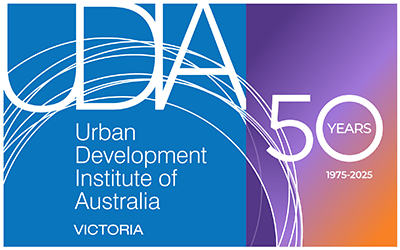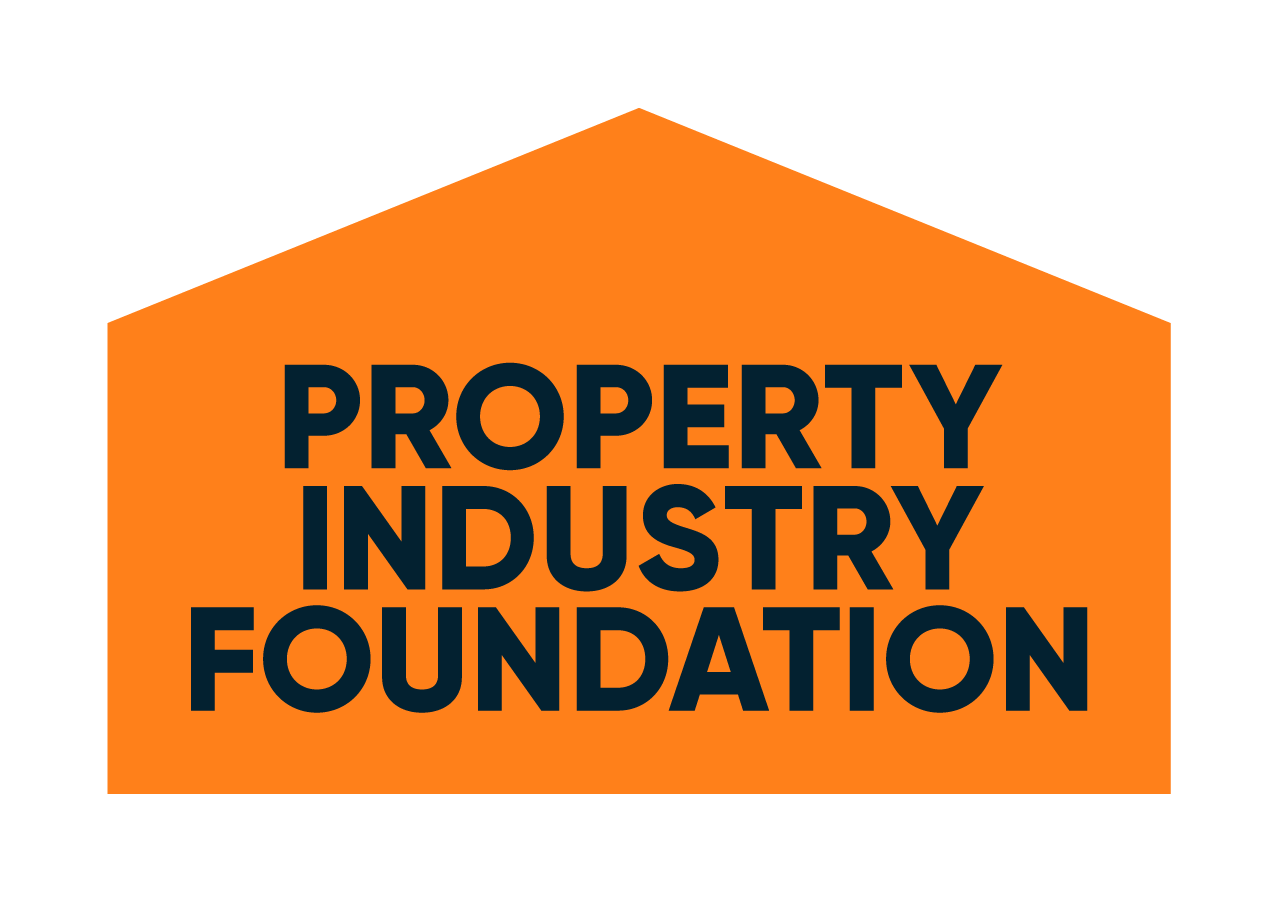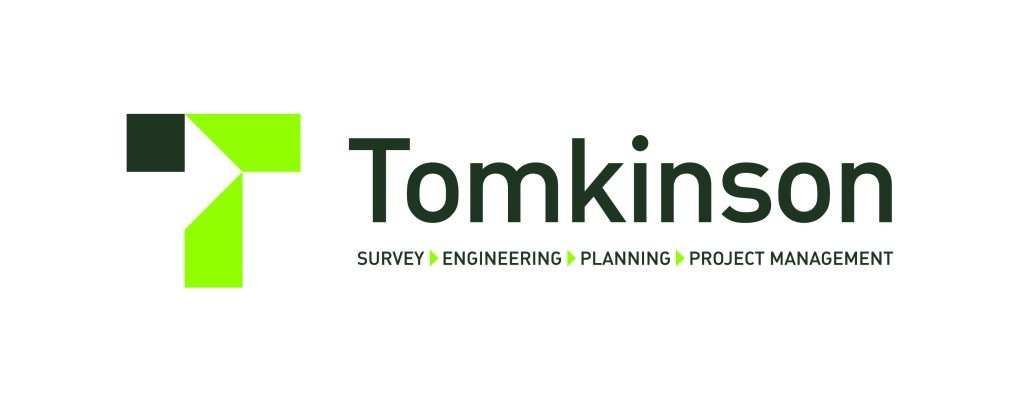
As we celebrate 50 years of UDIA Victoria it’s a moment to reflect on the remarkable individuals who have shaped our industry and our institute. Among them is Raymond Peck—a true pioneer in urban development whose contributions span more than five decades.
Raymond Peck
Raymond is not only a founding figure in the property sector but also the proud namesake of the prestigious Raymond J Peck Award, which honours long-lasting excellence in service to the urban development industry.
His legacy is deeply woven into the fabric of UDIA Victoria, and his vision continues to inspire generations of professionals across the state and beyond.
A little about Raymond…
With over 50 years of experience in the industry, Raymond has played a significant role in shaping residential and industrial development across Australia and abroad.
In the late 1970s, he co-founded Wilbow Peck Pty Ltd alongside Bill Bowness. The company operated extensively in Melbourne, Brisbane, and Dallas (USA), and also held interests in Auckland and Canberra. While Wilbow Peck was primarily focused on residential subdivisions, it also undertook industrial developments and the establishment of a retirement village. Under their leadership, the company grew to become one of the largest private developers on Australia’s east coast.
Following his retirement from Wilbow Peck, Raymond continued to contribute to the industry by serving as a part-time member of the Planning Panels of Victoria. He was also invited by Bert Dennis OAM to serve as an independent Director of the Dennis Family Corporation, a role he held for five years.
In recognition of his longstanding contributions to urban development, Raymond is a Life Member of both the State (Victoria) and Federal chapters of the Urban Development Institute of Australia (UDIA).
Your fondest memory from your time in the industry…
About 45 years ago the industry was in rapid decline and the Victorian Chapter of the UDIA was heading towards oblivion. The industry’s relationship with Government (Local and State) was at a low ebb and membership was at an all time low.
As the new President, I changed the direction of the institute both financially and operationally, reducing annual fees and transitioning staff to voluntary roles. With support from Stocks and Holdings (today known as Stockland), Gabby Crehan was able to undertake all secretarial duties. Our monthly meetings were over sandwiches in John Taylor’s office, from John I Taylor & Associates, (which 40 years later became Taylors). All members of the Board undertook individual tasks – a practice that continues today.
Our rapport with Government improved on a gradual but significant basis, and our UDIA Industry Lunches became popular and more formalised, with Ministers and senior bureaucratic staff attending. We were once again held in high esteem, with Government requesting opinions and advice on policy issues, such as contributing to the creation of RESCODE.
Subsequent Presidents and staff of the UDIA have continued this direction, growing the Victorian Chapter to where it is today.
A challenging situation in your career that you overcame…
During a pilot strike in 1989, that stranded me on holiday in Queensland, I received unexpected news about a three-acre section at the northern end of our Sunbury property—formerly part of Salesian College. Construction was already underway in the south part of the property, when we were advised by the College that a section of the site had been declared a culturally significant ceremonial place for First Nations people. I immediately arranged discussions with all the parties involved, including the Traditional Owners and College, securing an agreement for the transfer of a further ten acres along the northern boundary, despite the land being unzoned, by way of compensation.
I then engaged John McKarrow, the formidable town planner and engineer at Shire of Bulla. He understood the situation and advised: “leave it to me.”
John was able to find a way forward with the Traditional Owners where we designated it as passive recreation and included the land as part of our credited public open space. Within six months, zoning was approved and a permit issued.
A tip you would give to your younger self?
As my story from the Sunbury project shows – the moral of the story is always to be open and honest with Local and State Government at an early stage to obtain the best result for all concerned.
When thinking about the future, you are excited by…
The young and motivated participants in what is a very complicated industry.
Thank you to Raymond for his passion and contributions to the property industry.
Stay connected and get involved with the UDIA Victoria community – join us on our Instagram and LinkedIn and sign up to our fortnightly advocacy newsletter, Urban Insights.











